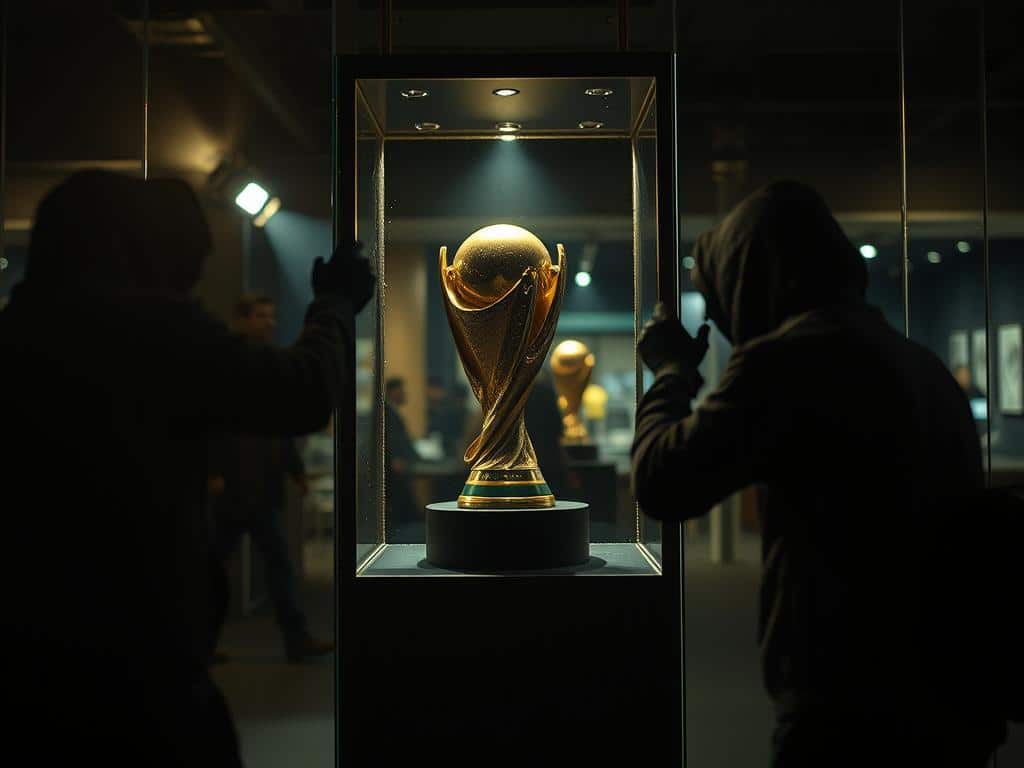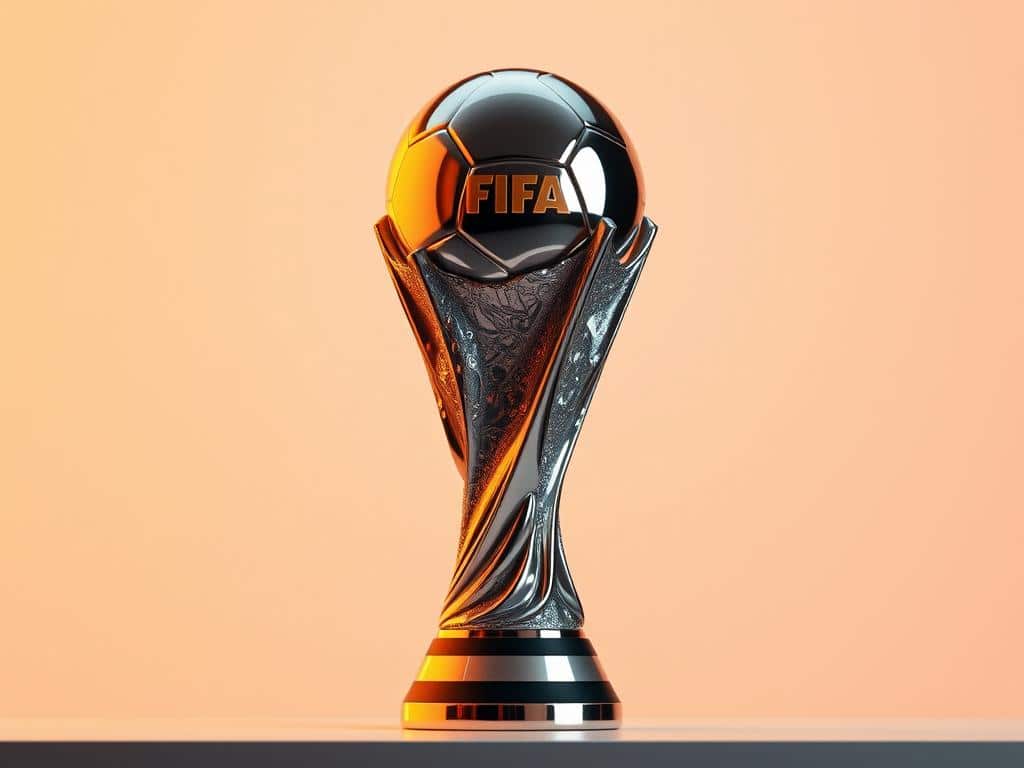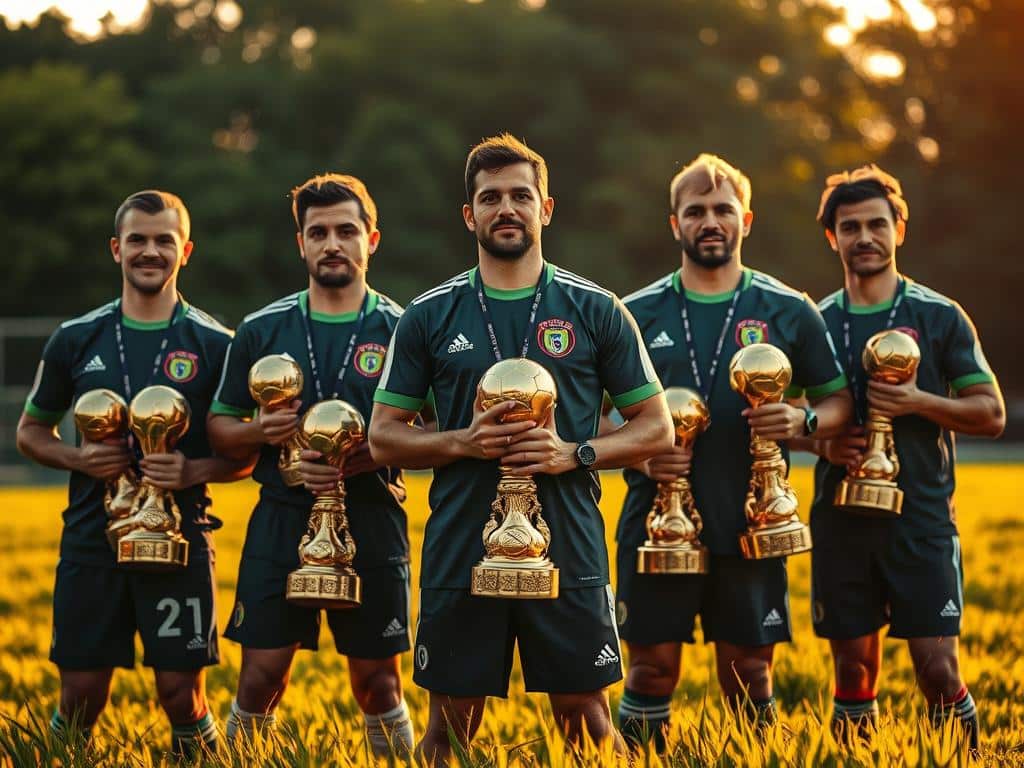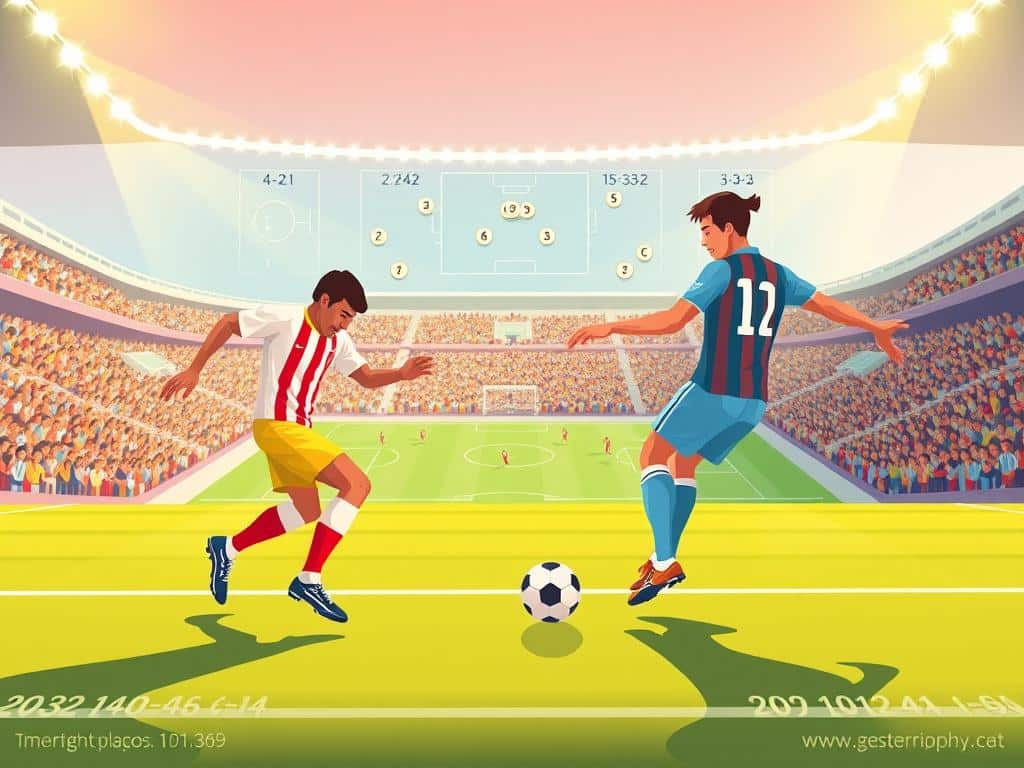Ever wondered what makes the FIFA World Cup trophy so special? This gleaming golden prize isn’t just a symbol of victory—it’s a piece of soccer history. Whether you’re a die-hard fan or just getting into the game, there’s always more to learn about this iconic award.
From its jaw-dropping value to the thrilling stories behind its design, we’re breaking down everything you need to know. Did you know it’s one of the most guarded objects in sports? Or that only a select few ever get to hold it? Buckle up—you’re about to become a trophy expert!
The History of the FIFA World Cup Trophy
From wartime secrets to Brazilian glory, the trophy’s past is packed with surprises. Its story spans daring rescues, artistic genius, and a bittersweet legacy that changed soccer forever.
The Jules Rimet Trophy: Origins and Legacy
Meet the original prize—a 3.8kg marvel of gold-plated sterling silver and lapis lazuli. Designed by French sculptor Abel Lafleur in 1930, it featured Nike, the Greek goddess of victory, holding a laurel wreath.
During WWII, the Jules Rimet Trophy was hidden in a shoebox under the bed of Italian official Ottorino Barassi. This daring move saved it from Nazi confiscation.
Brazil’s three wins (1958, 1962, 1970) earned them permanent ownership. But their joy turned tragic in 1983 when thieves stole the original trophy—it was never recovered.
Transition to the Modern FIFA World Cup Trophy
After Brazil’s 1970 victory, a new design was needed. The Brazilian Football Confederation kept the Rimet Trophy, while FIFA commissioned a fresh symbol of soccer supremacy.
Fun fact: The original base was replaced in 1954 to fit more winner names. Today’s version honors the past while celebrating future champions.
Design and Symbolism of the FIFA World Cup Trophy
The design of soccer’s ultimate prize blends ancient myths with modern craftsmanship. Every curve and material tells a story of victory, unity, and artistic genius. Let’s unravel the secrets behind its iconic look.

The Greek Goddess Victory and the Original Design
The original design honored the Greek goddess Victory, Nike, with wings outstretched and a laurel wreath. Crafted in sterling silver and lapis lazuli, it symbolized triumph and eternal glory.
Fun fact: The goddess’s pose mirrored ancient Greek art, linking soccer’s pinnacle to classical heritage. This connection made the trophy more than just a prize—it became a cultural icon.
Silvio Gazzaniga’s Modern Masterpiece
In 1974, Italian sculptor Silvio Gazzaniga reimagined the trophy with two human figures holding Earth. Standing 36.8cm tall and weighing 6.175kg, it’s layered with meaning. The malachite bands on its base hail from Russia’s Ural Mountains.
Despite its solid gold appearance, the trophy is hollow—a little-known fact confirmed by its creators. Gazzaniga’s design beat 52 others, blending simplicity with grandeur.
Today, it’s a replica trophy that winners lift—the real one stays under FIFA’s guard. But the magic? It’s all in the details.
How Much Is the FIFA World Cup Trophy Worth?
What’s the price tag on soccer’s most coveted prize? This shimmering symbol of victory isn’t just priceless—it’s packed with solid gold, history, and jaw-dropping security protocols. Let’s break down its true value.
Materials and Craftsmanship
Crafted from 6.175kg of 18-karat gold (75% pure), the trophy’s brilliance is undeniable. Its base features rare malachite bands from Russia’s Ural Mountains, adding a touch of earthy contrast.
Despite its solid gold appearance, the trophy is hollow—a clever design choice to keep it liftable during celebrations. Italian sculptor Silvio Gazzaniga ensured every curve symbolized global unity.
Estimated Value and Replicas
Insured for over $20 million, the real trophy never leaves FIFA’s vault in Zurich. Here’s the kicker—winning teams receive a bronze replica gold-plated to match, worth $3,565 each.
Why replicas? Security. Each replica includes unique markings to prevent forgery. Even these stand-ins get royal treatment during the tournament’s victory laps.
From mine to museum, this prize’s journey is as dazzling as its gold sheen. For winning countries, though, its worth transcends numbers—it’s pure glory.
Theft and Intrigue: The Trophy’s Darkest Moments
Behind the glitz of soccer’s top prize lies a shadowy past of daring heists. From London suburbs to Rio de Janeiro, the award’s history includes break-ins, canine heroes, and unsolved mysteries. Let’s dive into the chaos.
The 1966 Heist and Pickles the Dog
Four months before the tournament, the trophy stolen from a London exhibit shocked the world. Thieves demanded $70,000, but the real twist? A collie named Pickles sniffed it out wrapped in newspaper under a hedge.
Fun fact: Pickles became a national icon, starring in TV shows and even getting a medal. The dog’s discovery saved the day, but security upgrades followed fast.

The 1983 Disappearance in Brazil
Brazil’s football confederation kept the original Jules prize after their 1970 win. But in 1983, thieves broke into their Rio HQ with a crowbar, smashing a bulletproof case. The trophy stolen that night was never recovered.
Today, only the base survives—locked in FIFA’s Zurich vault. The rest? A mystery fueling conspiracy theories and Brazilian football lore.
Lessons learned? Modern trophies now travel with armed guards and decoy cases. Some victories, it seems, come with a side of drama.
Where Is the FIFA World Cup Trophy Today?
From victory laps to high-security vaults, the trophy’s story continues off the pitch. Today, it’s permanently housed at the FIFA World Football Museum in Zurich, Switzerland—a mecca for soccer fans. But don’t expect to walk in and grab it; this prize has tighter security than a bank heist movie.
FIFA’s Security Measures and Trophy Tours
The real trophy rarely leaves its climate-controlled vault. When it does, it’s for the Trophy Tour, a global roadshow visiting 50+ countries before each tournament. Here’s how FIFA keeps it safe:
- Armed escorts: Travels with decoy cases and 24/7 surveillance.
- Digital tracking: Microchips and GPS ensure it’s never lost.
- Replica rule: Public displays often use bronze copies—identical but untouchable.
Fun fact: The museum’s display includes interactive exhibits, but the actual prize stays behind bulletproof glass.
Who Gets to Touch the Trophy?
Only a lucky few get to lay hands on this golden glory. The elite guest list includes:
- Past winners: Legends like Pelé or Messi during victory ceremonies.
- Heads of state: Presidents and royalty at official events.
- FIFA officials: Carefully gloved handlers during tours.
Even then, contact is brief. For everyone else? Photos from a distance—unless you’re Pickles the Dog, but that’s another story.
The FIFA World Cup Trophy: A Symbol of Football Glory
More than just a prize, this golden icon carries the hopes of billions. Every four years, the tournament unites fans worldwide, and lifting it marks a team‘s place in history. Legends like Maradona and Zidane created unforgettable moments with it.
Victory changes players—some cry, others kiss the prize. It’s not just about skill; it’s passion, pride, and national identity. The award evolves with the game, yet its magic stays timeless.
Want to spot real replicas? Check the malachite base and precise engravings. For fans, owning even a copy feels like touching greatness. That’s the power of soccer’s ultimate dream.







